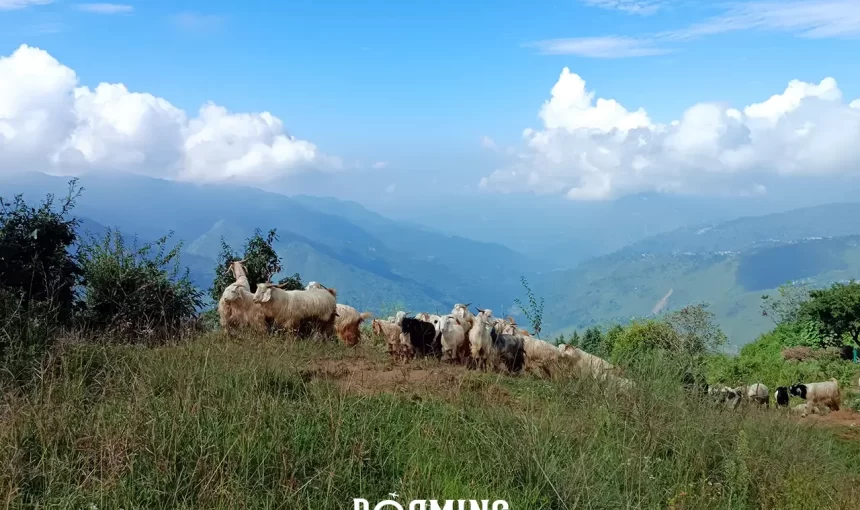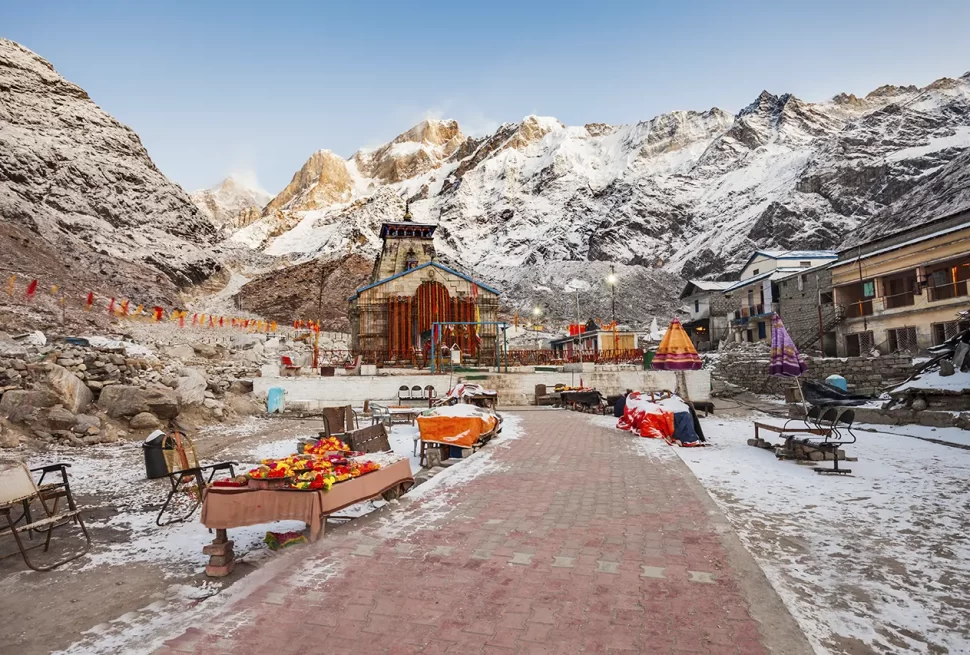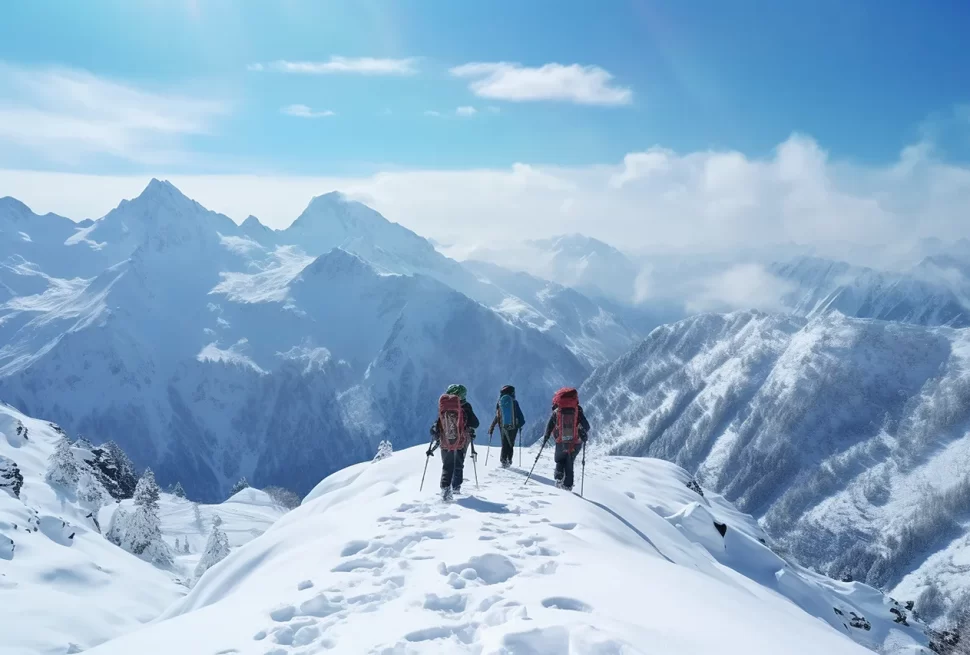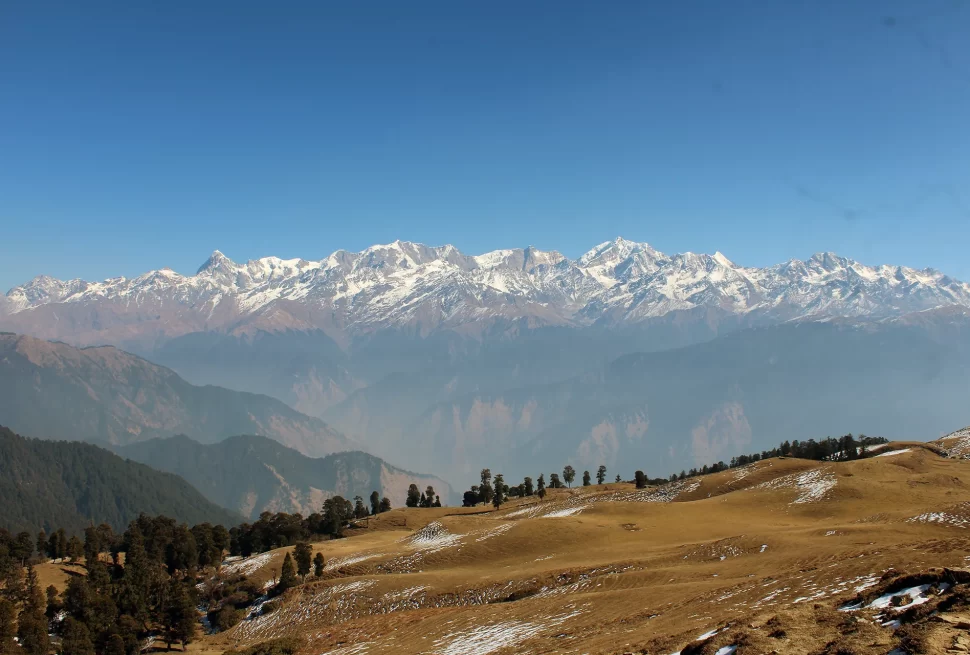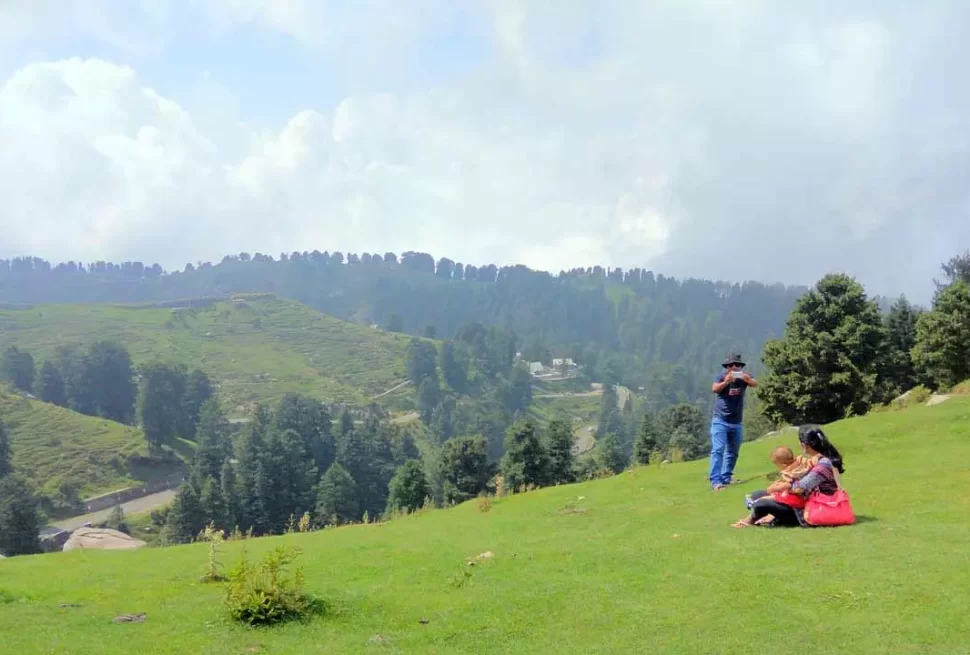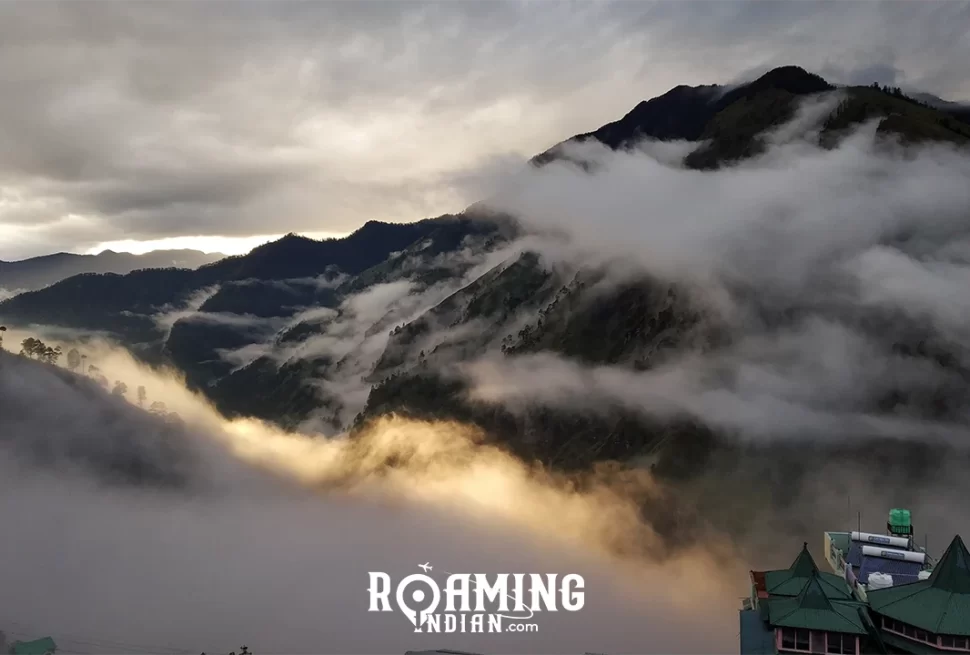Have you ever felt the call of the wild, the beckoning of the mountains, or the yearning for an adventure that fills your soul with the pure essence of nature? If you have, or if you’re just beginning to feel that tug, then Nag Tibba Trek should be at the top of your adventure list. This remarkable trail, nestled in the serene embrace of the Indian Himalayas, promises an experience like no other. But before you grab your backpack and lace up your boots, there’s a question that beckons your attention – when is the best time to embark on this unforgettable journey?
Now, let’s not get bogged down with complex details and corporate jargon; after all, this is about the freedom of the great outdoors, not a boardroom meeting. We’ll navigate through this blog with a tone that’s simple, relaxed, and personal, because that’s what the Nag Tibba Trek is all about.
Why Nag Tibba Trek?
Nag Tibba, meaning “Serpent’s Peak,” is a fantastic trek for both beginners and seasoned trekkers. It offers a combination of awe-inspiring views, lush forests, and a unique cultural experience. The summit, at about 9,915 feet, grants you breathtaking panoramas of the Garhwal Himalayas, including Bandarpoonch, Kala Nag, and Gangotri group of peaks. Plus, there’s a quaint Nag Tibba temple dedicated to the serpent god for a touch of spirituality.
Now, let’s get down to the nitty-gritty of the best time to visit nag tibba.
Nag Tibba in Spring (March to April)
Spring, the season of rebirth, is when the valley around Nag Tibba comes alive. The meadows bloom with colourful wildflowers, and the forests regain their lush greenery. It’s like a fairytale landscape. The weather is mild, making it a perfect time for first-time trekkers. The days are pleasantly warm, while nights remain cool and comfortable.
Nag Tibba in Summer (May to June)
If you’re not a fan of extreme cold or heavy snow, summer is the way to go. The temperatures are comfortably cool, and you’ll find a surge of trekkers during this season. The trails are well-marked and vibrant with rhododendrons in full bloom, adding a dash of color to your journey. The Nag Tibba trek is relatively easy during this time, making it great for families and adventurers who want a less challenging trek.
Comfortable Temperature: Summer in Nag Tibba offers comfortable temperatures for trekking. Days are moderately warm, while nights remain cool. This season is ideal for trekkers who prefer a more comfortable and less challenging journey.
Abundant Blooms: The trails come alive with colorful rhododendron blossoms. The vibrant hues of these flowers create a vibrant and picturesque environment. This is a great time for nature enthusiasts and photographers looking to capture the beauty of these blooms.
Family-Friendly: The trails are well-marked during the summer season, making it a family-friendly option. The relatively milder weather and well-defined paths attract a higher number of trekkers, including those trekking with children.
Nag Tibba in Monsoon (July to August)
Ah, the monsoon season, the time when the mountains seem to take a break and replenish themselves. But should you trek during this time? Well, it’s not the most popular choice. The trails become slippery, and rain showers are frequent. Plus, landslides can be a concern. If you’re a hardcore monsoon lover, you can still venture, but it’s best to be cautious and check weather updates.
Nag Tibba in Autumn (September to October)
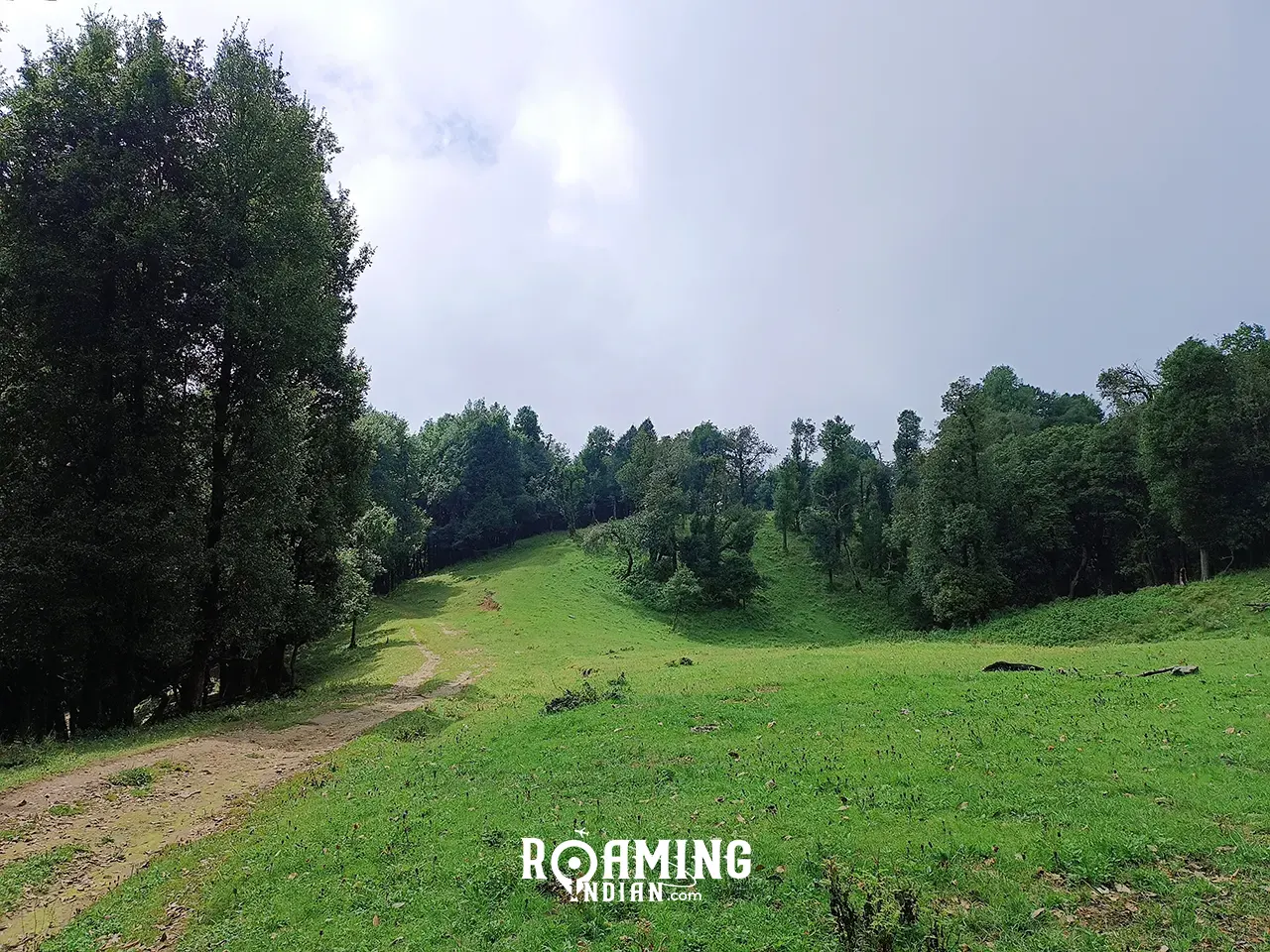
Autumn is when the landscapes transition from lush green to golden hues. The clear skies grant you unobstructed views of the surrounding peaks, which is why many trekkers favor this season. The temperature starts to dip, especially during the night, so packing warm clothing is crucial.
Nag Tibba in Winter (December to February)
Now, let’s talk about adventurous hearts. Winter trekkers, this is your time. The Nag Tibba trek transforms into a snow-covered wonderland, and the Nag Tibba summit offers mesmerising snow-clad views of the Himalayas. If you’re up for the chill and have the right gear, this season provides a unique experience. The nights can get pretty cold, so prepare for sub-zero temperatures.
Wonderland : Winter transforms Nag Tibba into a mesmerising snow-covered wonderland. The meadows and trails are blanketed in pristine snow, creating a stunning landscape that’s perfect for snow lovers and photography enthusiasts. The air is crisp, and the atmosphere is refreshingly chilly. The trail remains less crowded during this season, offering a sense of serenity.
Unique Experience : Trekking in winter provides a unique adventure, but it’s not for the faint-hearted. The cold temperatures necessitate proper winter gear, including insulated clothing and waterproof boots. Nighttime temperatures can drop well below freezing, so you’ll need to be prepared for sub-zero conditions.
Starry Nights : The clear winter skies reveal an enchanting display of stars. On a cloudless night, you’ll be treated to a mesmerizing celestial show, with constellations shining brilliantly. It’s like having your private planetarium amidst the mountains.
These two seasons offer contrasting but equally captivating experiences on the Nag Tibba trek. Winter entices adventurers with its snow-covered charm, while summer caters to those who prefer a more comfortable and vibrant trek. Whichever season you choose, you’re sure to create unforgettable memories in the heart of the Himalayas.
Nag Tibba Trek Preparation
Before we wrap up, a quick word on preparation:
Gear Up: Regardless of the season, ensure you have the right trekking gear, including sturdy boots, warm clothing, and essential equipment.
Stay Updated: Keep an eye on weather forecasts, trail conditions, and any travel advisories. The Himalayas are known for their unpredictable weather.
Trek Responsibly: Remember to respect the local culture and environment. Leave no trace, so the Nag Tibba trek remains as beautiful for the next adventurer.
Fitness Level: Assess your physical fitness before embarking on the trek. Regular exercise and cardiovascular workouts can help improve your stamina and endurance.
Permits and Permissions: Check if you require any permits or permissions to trek in the area. Regulations can vary, and it’s crucial to have the necessary paperwork in order to avoid any issues during your trek.
Conclusion
In conclusion, the best time to visit Nag Tibba depends on your preferences. Spring and autumn are ideal for mild weather and clear views, while summer caters to those who prefer a more comfortable trek. Winter, on the other hand, offers a unique snowy experience, and monsoon is best avoided. It’s all about when you want to create those unforgettable memories in the lap of the Himalayas. So, when are you embarking on your Nag Tibba journey? The mountains are calling!

